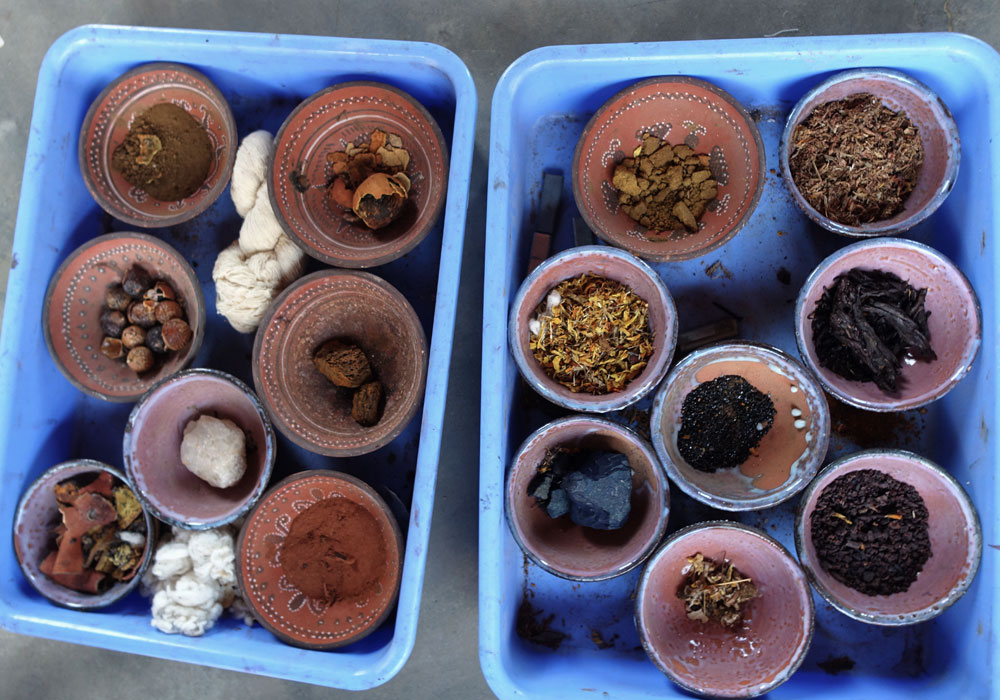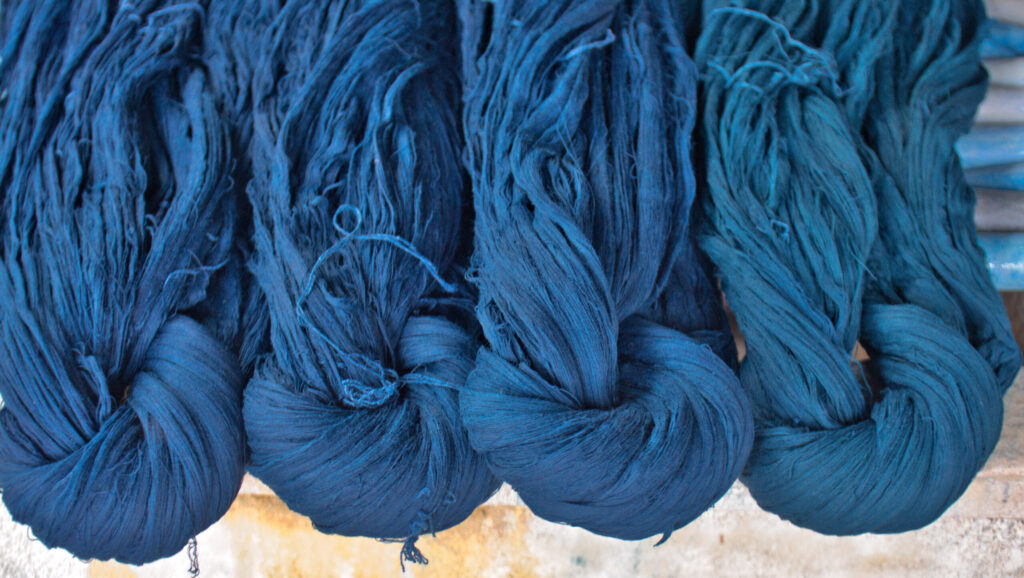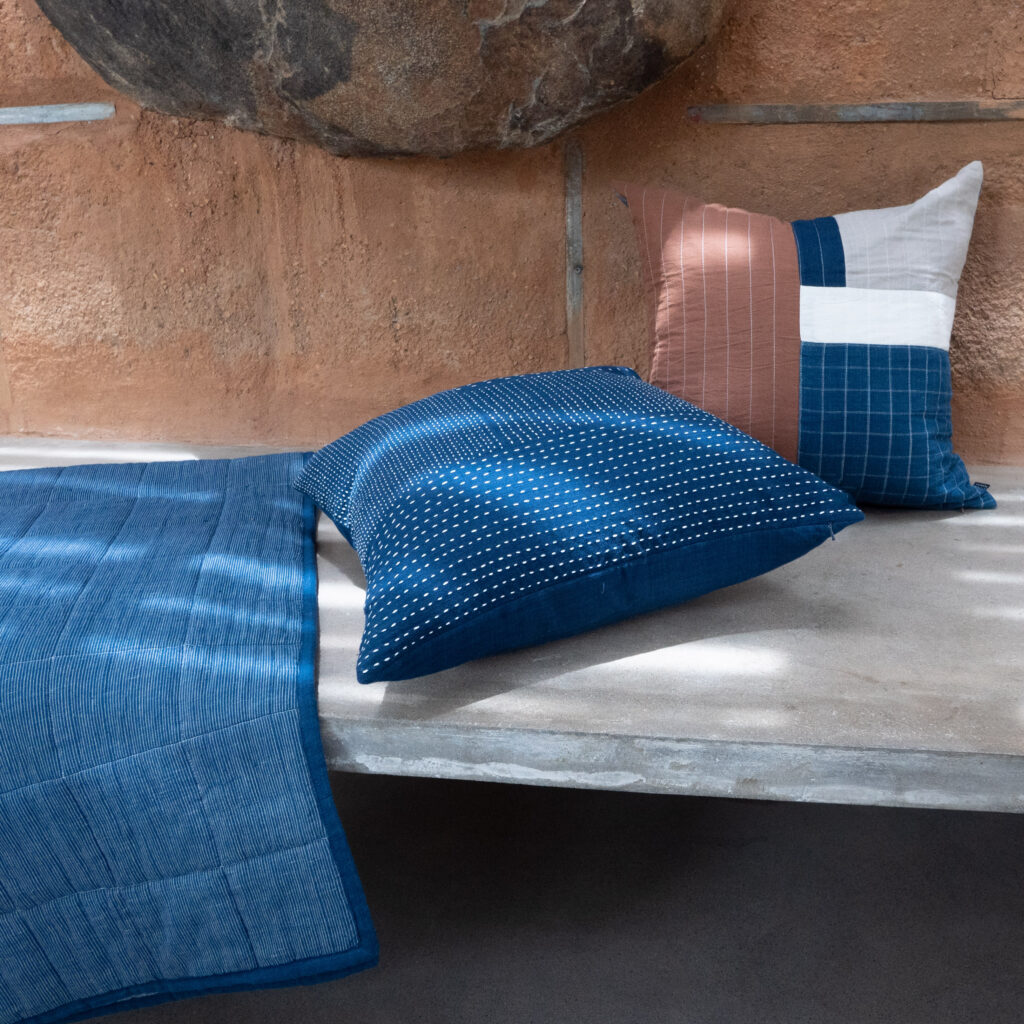
Namda
Namdas are traditional felted wool carpets. Felted fabrics are created by matting, condensing, and pressing wool fibres together, making them one of the oldest known forms of textiles. Archaeological evidence of felt dates back to around 6500 BC—predating both woven and knitted cloth. It is believed that nomadic communities in Central Asia first developed felting, from where the technique spread and became integral to daily life across many cultures, including in Kashmir, the northernmost region of India.
Situated at the crossroads of ancient trade routes, Kashmir absorbed influences from Tibet, China, Greece, and—most significantly—Persia. Over time, these diverse traditions merged with local practices, giving rise to a distinctly Kashmiri aesthetic. One such craft is Namda—a unique felting technique native to the region.



Namdas are made by layering and compressing sheep fleece, then sprinkling it with water to help the fibres bind. These layers are rolled repeatedly to fuse them into a dense mat, then unrolled and sun-dried before being washed. The finished felt is either left plain or embroidered by specialised artisans. Once a staple in all Kashmiri homes, Namdas were used as warm and durable floor coverings.

Today, Namda-making is an endangered craft. With decreasing demand, it has become economically unsustainable, and is often seen as less refined than other artisanal practices. As a result, few artisans continue the tradition, and the intergenerational transmission of skills is in serious decline.
Yet Namdas remain both practical and beautiful—crafted from natural wool that is soft underfoot and built to last. We are honoured to work with one of the last remaining Namda master artisans. His ingenuity and willingness to experiment allow us to collaborate on distinctive, contemporary designs—pieces that are just as striking on the wall as they are on the floor.

